Discover the riotous world of Chinese spices— from earthy cumin to tongue-tingling Sichuan peppercorns — so you can create showstopping Chinese meals at home.
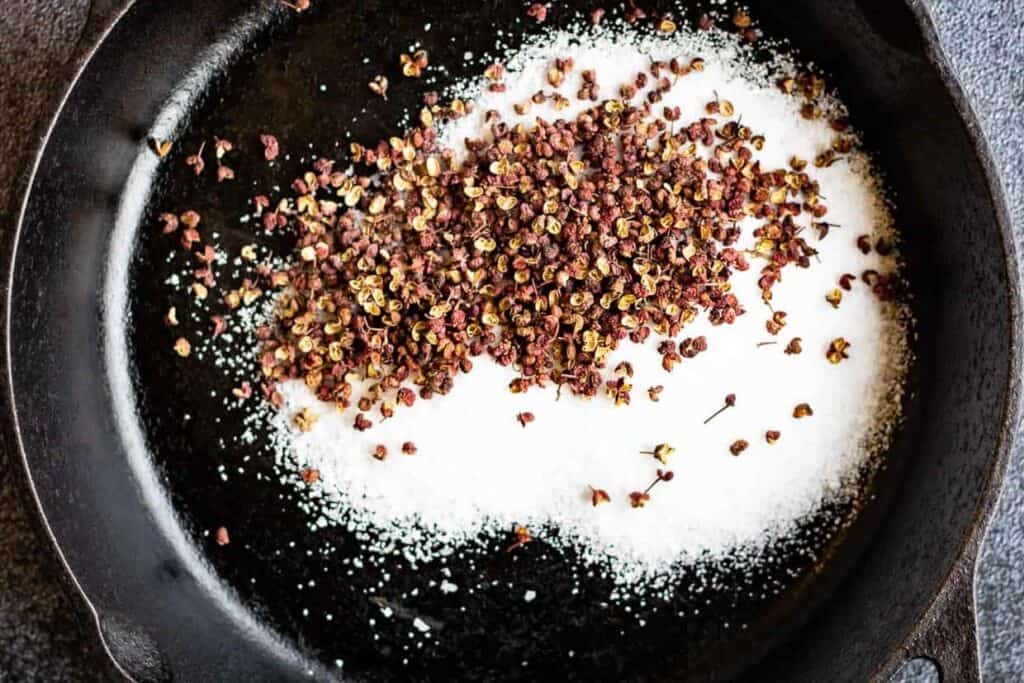
The star-studded lineup of Chinese spices includes white pepper, Sichuan peppercorns, star anise, turmeric, cinnamon, ginger, dried red chiles, black cardamom, cumin and the legendary five-spice powder. Each one boasts a unique character and culinary prowess, playing a pivotal role in the delicious symphony of flavors that define Chinese cuisine.
White pepper: The subtle firestarter
White pepper brings a subtle yet distinctive heat to dishes. It doesn’t have the in-your-face kick of black pepper, but it sneaks up on you with an intriguing, mouth-filling heat.
This incognito spice often enhances the flavors in Chinese soups, stir-fries, and sauces. You’ll find it frequently in the delicate dishes of Cantonese cooking as well as in the bolder, more spice-forward Sichuan cuisine. It’s a common seasoning in Cantonese-style wonton soup, steamed fish with ginger and scallions and congee. In Sichuan, it stars in hot and sour soup, mapo tofu and Sichuan hot pot.
Sichuan peppercorns: The tongue tingler
Sichuan peppercorns are not really peppercorns at all but the dried berries of the prickly ash, a plant in the citrus family. Diners prize them for their ability to create a numbing sensation on the tongue.
This spice is often called the backbone of Sichuan cuisine. It adds a unique mouth-tingling heat to dishes like Szechuan shrimp, mapo tofu, salt and pepper chicken and kung pao chicken.
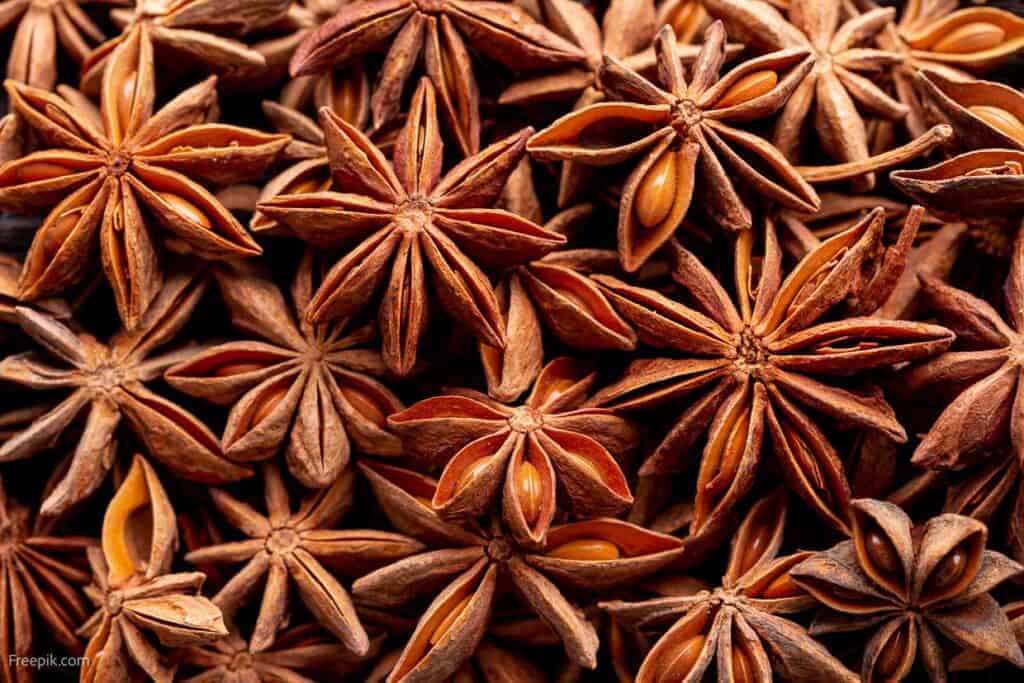
Star anise: The shining star
Star anise, with its celestial shape and enticing licorice-like flavor, is the dried fruit of the Illicium verum tree. This spice is a crucial component of the Chinese five-spice blend and is often used in slow-cooked dishes.
Star anise shines bright in the culinary galaxy of Chinese provincial cuisine, frequently appearing in Cantonese, Sichuan and Northern Chinese dishes. You’ll find its intriguing flavor in classic braised pork belly, five-spice duck and Chinese beef noodle soup. It also features in many recipes for chili oil or chili crisp, adding a layer of complexity to the spicy condiment.
Turmeric: The Midas of spices
Turmeric, a rhizome related to ginger, turns everything it mingles with a lovely and intense bright golden yellow. Literally, everything it touches turns gold.
Turmeric brings warmth, earthy flavor and beautiful color to dishes like golden fried rice. It appears most often in Yunnan and Xinjiang cuisines, where you’ll find it in recipes from Yunnan-style roast chicken to Xinjiang lamb skewers and turmeric-fried noodles.
“Turmeric and cinnamon are my go-to spices for whatever dishes I am preparing. I have cinnamon sticks directly from a friend’s farm and one stick goes always into my Chinese stews. Turmeric is a must in egg drop soup or stir fry. It not only adds great color, but also makes me feel like I’m supporting my family’s health.”
—Zuzana Paar, Lowcarb-nocarb.com
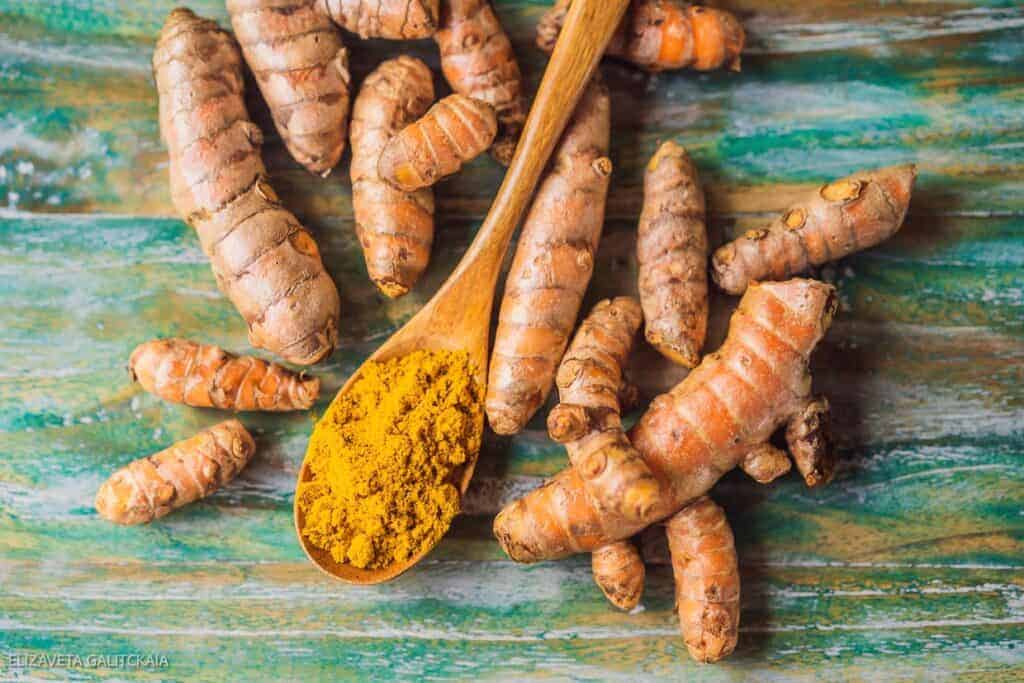
Cinnamon: The sweet serenader
Cinnamon, derived from the inner bark of Cinnamomum trees, brings dulcet tones of warmth and sweetness, as well as an alluring aroma. It adds depth and complexity to both sweet and savory dishes, and its versatility makes it a beloved spice in many Chinese regional cuisines.
Cinnamon shines in Northern Chinese dishes like Beijing-style red-braised pork belly and steamed buns filled with sweet bean paste. In Sichuan cuisine, its subtle sweetness complements the fiery flavors.
Ginger: The zesty dynamo
Ginger, a rhizome with invigorating flavor, is a staple in Chinese cuisine. Both fresh and dried forms offer distinct interpretations of this root’s punchy essence.
Ginger is ubiquitous across Chinese regional cuisines, adding a piquant edge to dishes like ginger-scallion fish, Mongolian chicken, crispy beef and fried wontons.
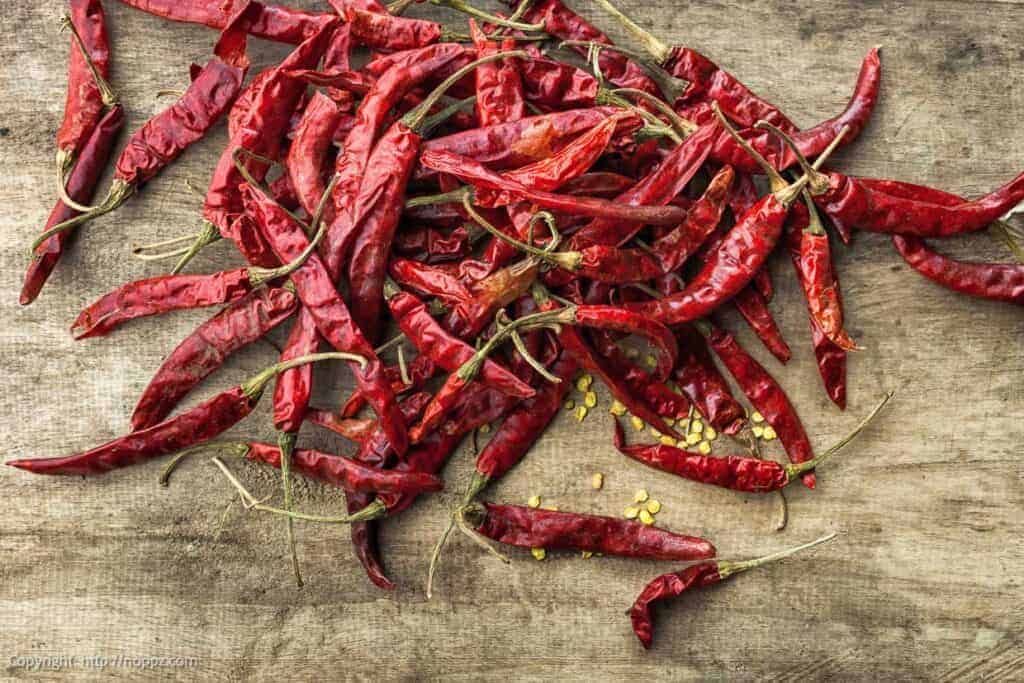
Dried red chiles: Fiery flavor bombs
Whether fresh or dried, red chile peppers come in various shapes and heat levels, from modestly mild to scorchingly hot. These fiery flavor bombs ignite a passion for heat in dishes across China.
Red chili peppers play a starring role in Sichuan and Hunan cuisines, where they add their incendiary touch to Sichuan hot pots, kung pao chicken, Hunan rice noodles, fried pork with chili and countless other tongue-scorching dishes.
Black cardamom: The enigma
Black cardamom, the seed pods of the Amomum subulatum plant, exudes a smoky, camphor-like aroma that adds depth and complexity to dishes.
This enigmatic spice is common in Yunnan and Sichuan cuisine, imparting a mysterious allure to slow-cooked meats and stews. You’ll find it in Sichuan-style braised pork ribs, braised chicken with black cardamom and red braised beef.
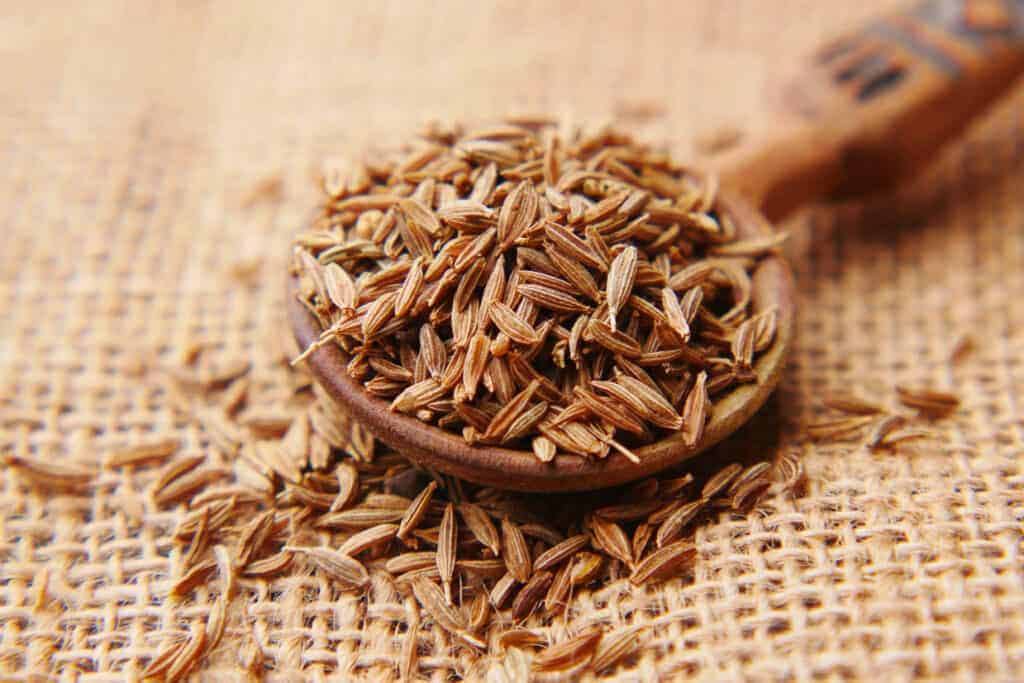
Cumin: The earthy one
Cumin, derived from the dried seeds of the Cuminum cyminum plant, brings an earthy, fragrant warmth to dishes, making it a staple in many global cuisines, including Chinese. It’s prevalent in the cooking of the Xinjiang province in Northwest China. It flavors the region’s signature dishes, including cumin-crusted lamb skewers and spicy hand-pulled noodles.
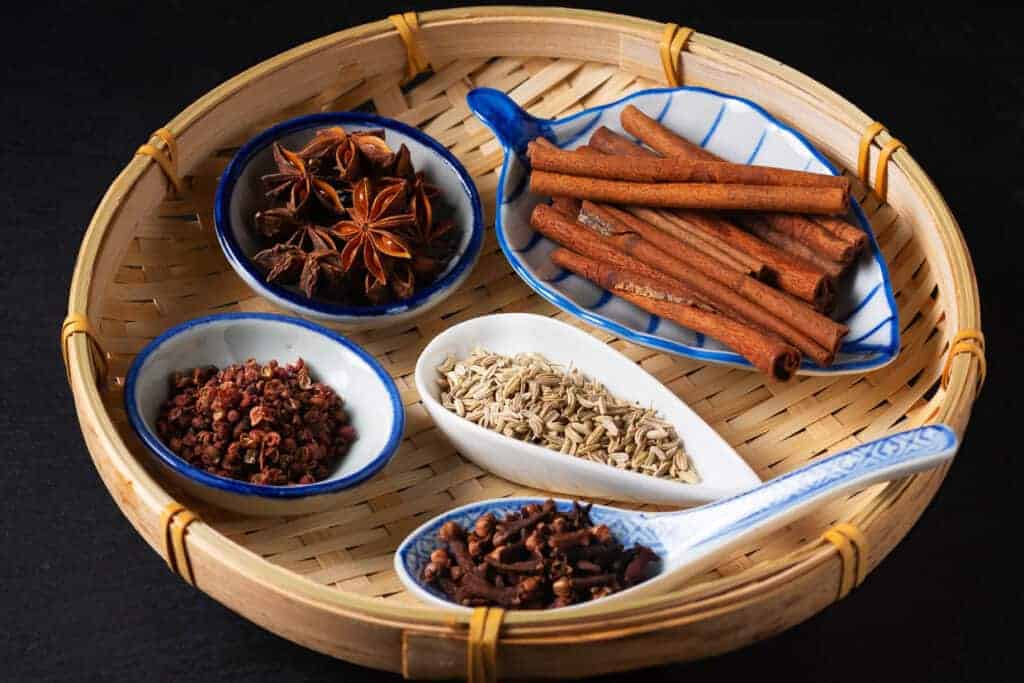
Five-spice powder: The flavor alchemist
As the name implies, this isn’t one spice but a combination of five quintessential Chinese spices. It’s a bewitching blend that includes star anise, cloves, cinnamon, Sichuan peppercorns and fennel seeds. This harmonious concoction creates a symphony of flavors that play beautifully in various dishes.
Five-spice powder seasons regional Chinese cuisines from Guangdong (Canton) to Sichuan, where it adds its signature touch to dishes like five-spice roasted duck and braised pork belly.
Wrapping Up
This introduction to the spellbinding world of Chinese spices is just the beginning of the adventure that awaits when you dive into Chinese regional cooking. With these tantalizing ingredients, you can begin to explore the provincial cuisines of China’s vast culinary landscape.
Robin Donovan is the author of more than 40 cookbooks, including the bestselling Campfire Cuisine, Ramen Obsession, and Ramen for Beginners. A food writer, recipe developer, and food photographer, she is the creator of the food blog All Ways Delicious, where she shares easy recipes for the best dishes from around the world.
This article originally appeared on Food Drink Life.
